Knives have been an essential part of human civilization since our ancestors first gripped a sharp-edged tool. The history of knives spans millennia, showcasing the ingenuity and creativity of humankind. This blog post explores the evolution of knives through the ages, examining their materials, design improvements, and cultural significance. Let’s delve deeper into the remarkable journey of this ubiquitous tool and its various forms, including the elegant Damascus steel pocket knife and the versatile hunting knives.
The Origins of Knives
The story of knives dates back to prehistoric times when early humans used rudimentary tools made from stones, bones, and wood. These ancient knives served multiple purposes, including cutting, scraping, and, perhaps most importantly, survival. Archaeological findings suggest that the earliest knives date back over 2.5 million years, primarily shaped from flint or obsidian.
Stone Age Innovations
During the Stone Age, people honed their skills in crafting cutting tools. The innovation of the blade was crucial, leading to the invention of bifacial tools, where both sides of the stone were sharpened. These early knives facilitated hunting and food preparation, laying the foundation for more complex designs in the future.
The Metals Era: Bronze and Iron Ages
The advent of the Bronze Age around 3300 BC marked a significant turning point in knife history. The introduction of metalworking transformed knives from simple stone tools into durable cutting instruments. Bronze, an alloy of copper and tin, became the preferred material for knife blades due to its strength and resistance to corrosion.
The Rise of Iron Knives
As societies progressed into the Iron Age, knives underwent a dramatic evolution. Iron began to replace bronze for knife production, offering better durability and edge retention. Blacksmiths started to develop their techniques, and distinct forms emerged—each tailored for specific tasks such as warfare, cooking, and craftsmanship. The iron knife evolved, seeding the groundwork for the wide variety of knives we see today.
The Art of Forging: From Functional Tools to Craftsmanship
As civilizations flourished, so did the art of knife making. With advancements in metalworking came the rise of knives as both functional tools and works of art. Craftsmen began to hone their skills in forging intricate designs, leading to the creation of beautifully decorated blades.
Damascus Steel: A Legendary Material
One of the most remarkable advancements in knife-making has been the development of Damascus steel. Known for its unique patterns and superior performance, this type of steel has a rich history, dating back to the early Middle Ages. Craftsmen discovered that layering different types of steel and folding them created blades that were both strong and flexible.
The aesthetics of Damascus steel made it highly sought-after, and it became the hallmark of high-quality knives, including the elegant Damascus steel pocket knife. These knives are cherished not only for their functionality but also for their stunning visual appeal. The intricate swirling patterns formed during the forging process give each blade a distinctive character.
Knives Through the Ages: A Cultural Perspective
Knives have transcended their primary function as tools, also assuming symbolic meanings across cultures. They have been used in rituals, warfare, and even as status symbols. The craftsmanship of making knives has been passed down through generations, with each culture adding its unique touch to the art form.
Hunting Knives in Different Cultures
In many societies, hunting knives play a significant role. They are crafted for practicality and reliability during hunting excursions. Traditional designs vary widely between cultures, often reflecting local materials and hunting practices.
For instance, indigenous tribes utilized local resources, crafting hunting knives that were perfectly adapted to their environments and needs. Whether it’s a fixed-blade knife fashioned from bone or a finely honed tool made from high-carbon steel, hunting knives have remained staples for those who depend on them for survival and sustenance.
Industrial Revolution and the Mass Production of Knives
The Industrial Revolution brought about revolutionary changes in knife manufacturing processes. Machines enabled mass production, making knives more accessible than ever before. At this point, knives diversified into numerous forms tailored to specific applications, ranging from kitchen knives to intricate pocket knives.
Kitchen Knives: A New Era of Culinary Tools
As cooking became more sophisticated, the demand for specialized kitchen knives grew. Chefs and home cooks alike began to seek knives designed for specific tasks, such as slicing, dicing, and filleting. Brands started to emerge, focusing on quality, functionality, and ergonomic design, which changed how people interacted with their culinary tools.
The Rise of Tactical and Outdoor Knives
With modern society's burgeoning interest in outdoor activities and survivalism, tactical and outdoor knives have gained popularity. These knives are designed to meet the demands of rugged environments, ensuring that they are functional, durable, and versatile. From hunting knives to camping tools, each knife type is tailored for specific adventures.
The Importance of a Good Hunting Knife
A reliable hunting knife is vital for any outdoor enthusiast. Its design is often rugged, featuring a strong blade and a comfortable grip that allows for extended use. Many hunting knives are equipped with added features, such as gut hooks or serrated edges, making them indispensable for necessary utility in the wild. Their craftsmanship embodies durability and functionality, making them a treasured companion for any hunter.
Modern Innovations in Knife Making
Today, knife-making has reached new heights with the incorporation of advanced technology. Innovations in materials, such as high-carbon stainless steel, ceramics, and composites, have led to the creation of knives that are lighter, sharper, and more resilient than ever.
The Revival of Traditional Techniques
Despite technological advancements, many artisans continue to value traditional techniques. The craftsmanship behind handmade knives has become a respected art form, with knifemakers preserving age-old methods while incorporating contemporary design aesthetics. Collectors and enthusiasts seek out these custom-made knives for their quality, beauty, and unique stories.
The Global Knife Culture Today
Knife culture today is global, with enthusiasts and artisans sharing their passion through social media and online forums. Knife shows, competitions, and conventions celebrate the craft and connect like-minded individuals. As more people become interested in collecting, utilizing, or simply appreciating knives, the depth of knife history continues to unfold.
The Importance of Community
Communities around knife-making and collecting have thrived, fostering knowledge-sharing and collaboration. This networking has led to education on proper care techniques, ethical sourcing, and repairs. Sharing experiences enhances the appreciation of knives as tools and as art.
The history of knives is a captivating tale, woven into the fabric of human civilization. From their primitive origins to modern masterpieces, knives continue to evolve, reflecting our changing needs and cultural values. Whether you are drawn to the allure of a Damascus steel pocket knife or the practicality of hunting knives, each piece carries with it a legacy of innovation, survival, and artistry.
Embarking on Your Own Knife Journey
As you explore the world of knives, consider the unique bond between maker and user, culture and craft. Whether you are hunting in the woods or preparing a meal in your kitchen, the knife you choose tells a story. It embodies craftsmanship while serving as a functional tool in your daily life.
Next time you pick up a knife—whether a simple kitchen model or a beautifully crafted Damascus steel pocket knife—take a moment to appreciate its rich history and the evolution that has led to its current form. The knife in your hand is not just a tool; it is a testament to the human spirit, creativity, and ingenuity that has endured through ages.
Discover the amazing creations of a fellow Shopify store owner by visiting their online store. Click here to explore. Keep in mind that this is a promotional link, and we are not liable for the content of the linked store.


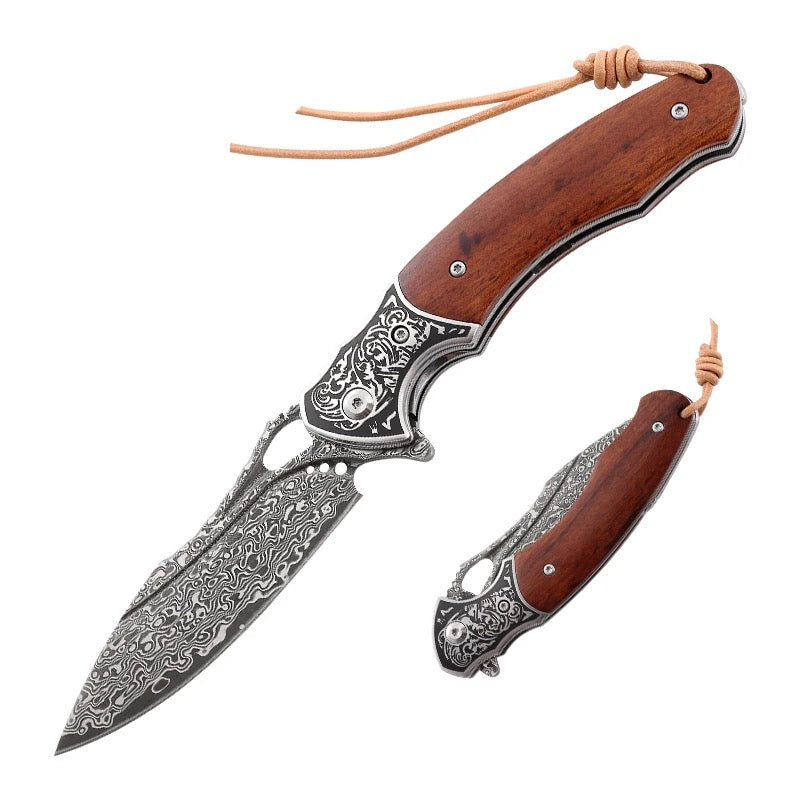





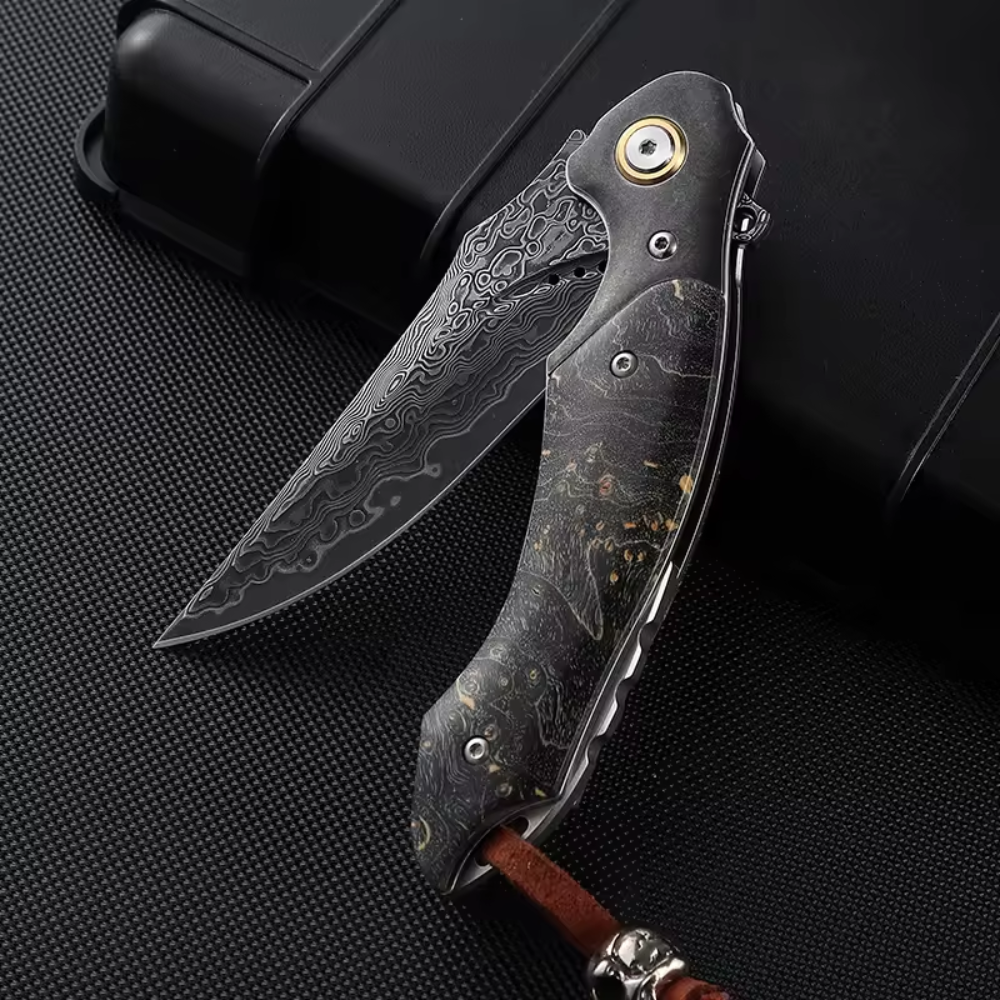
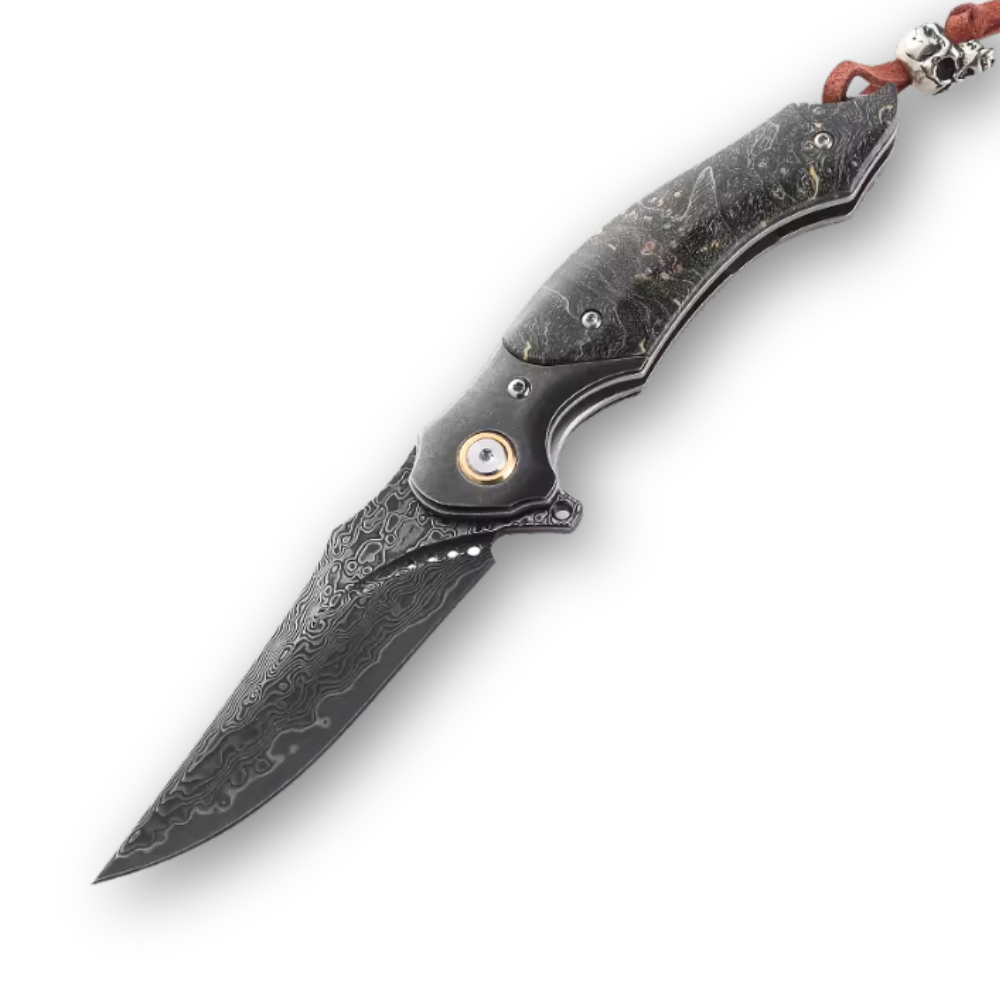
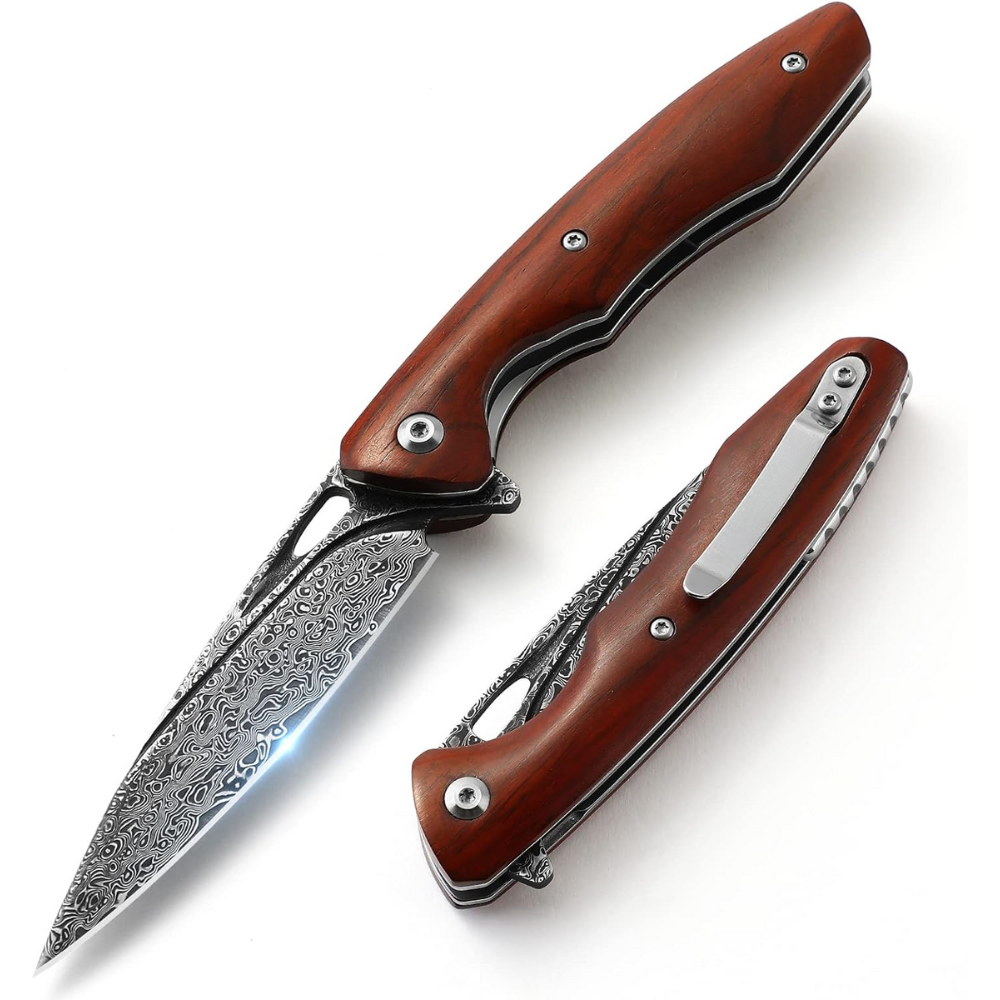
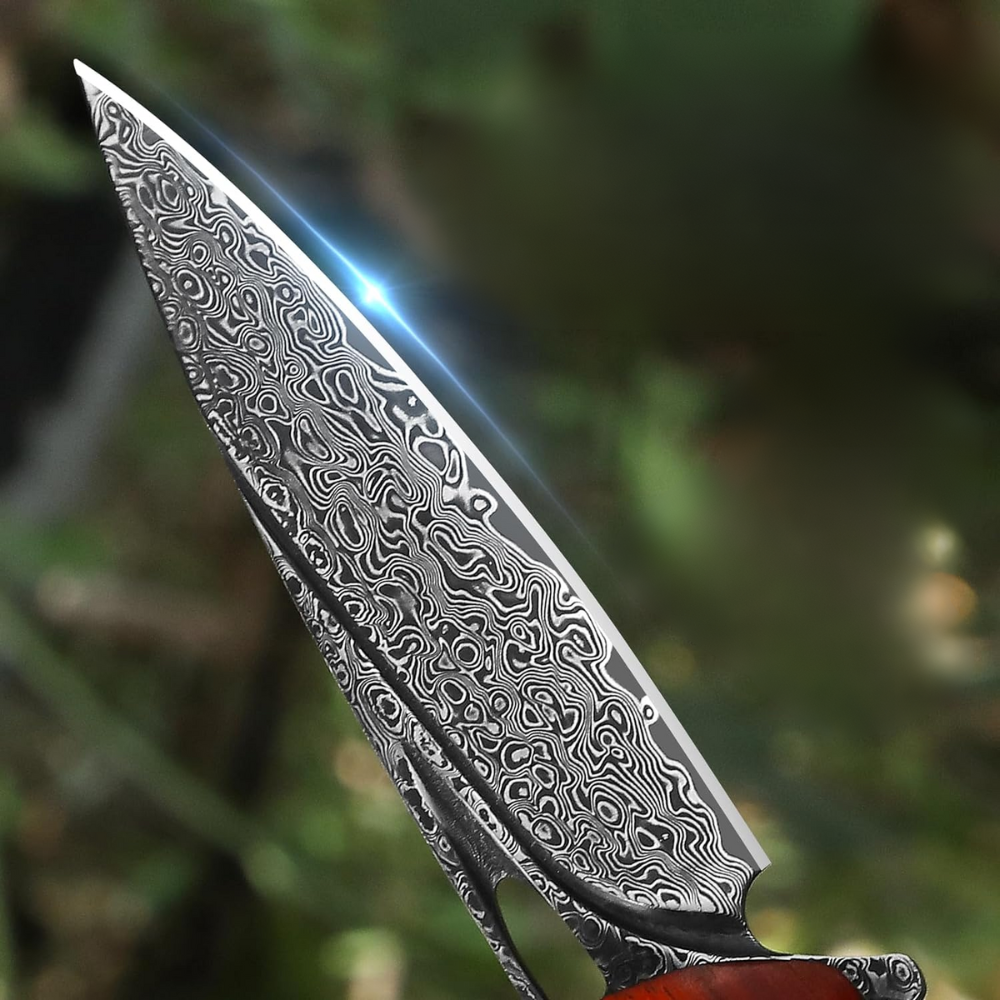








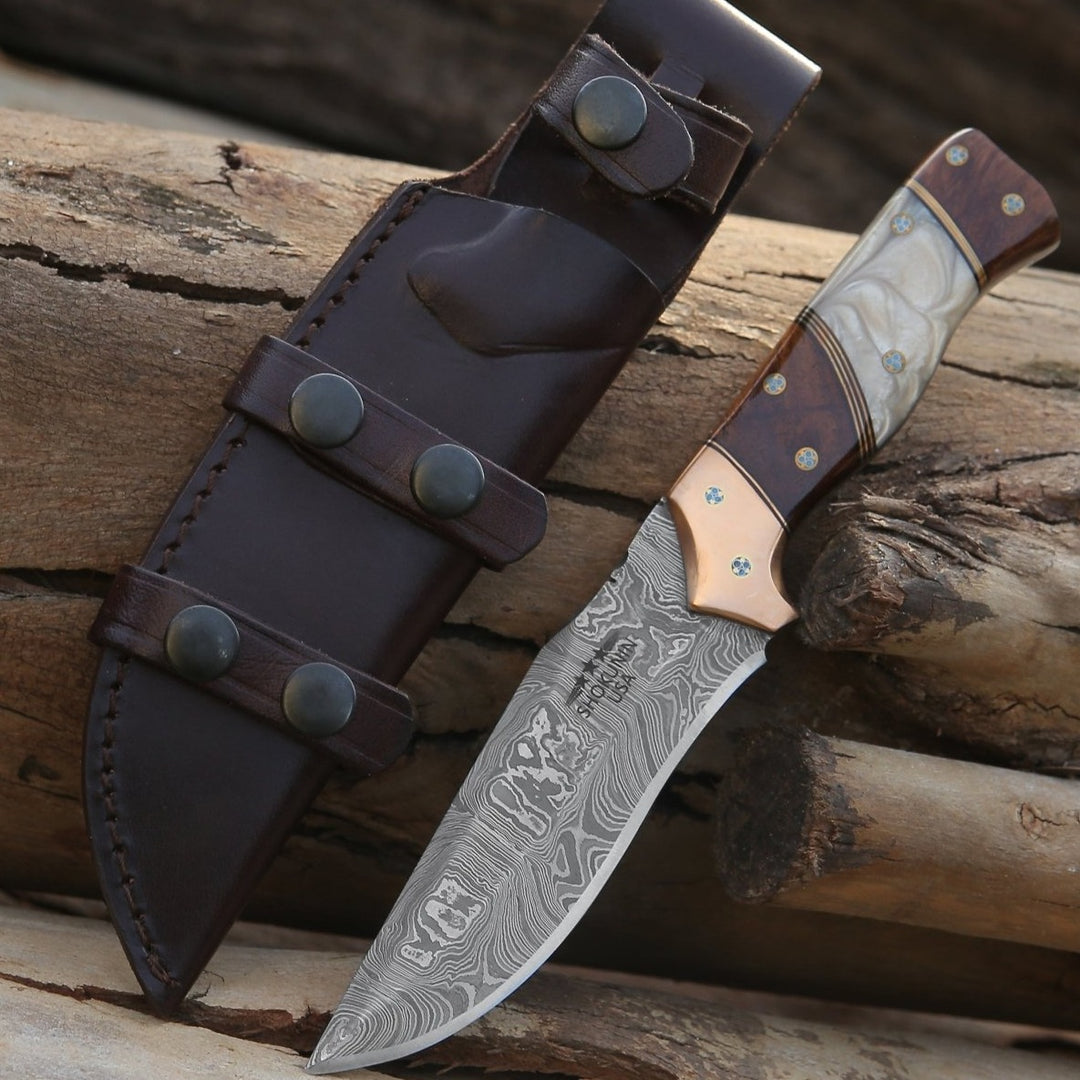
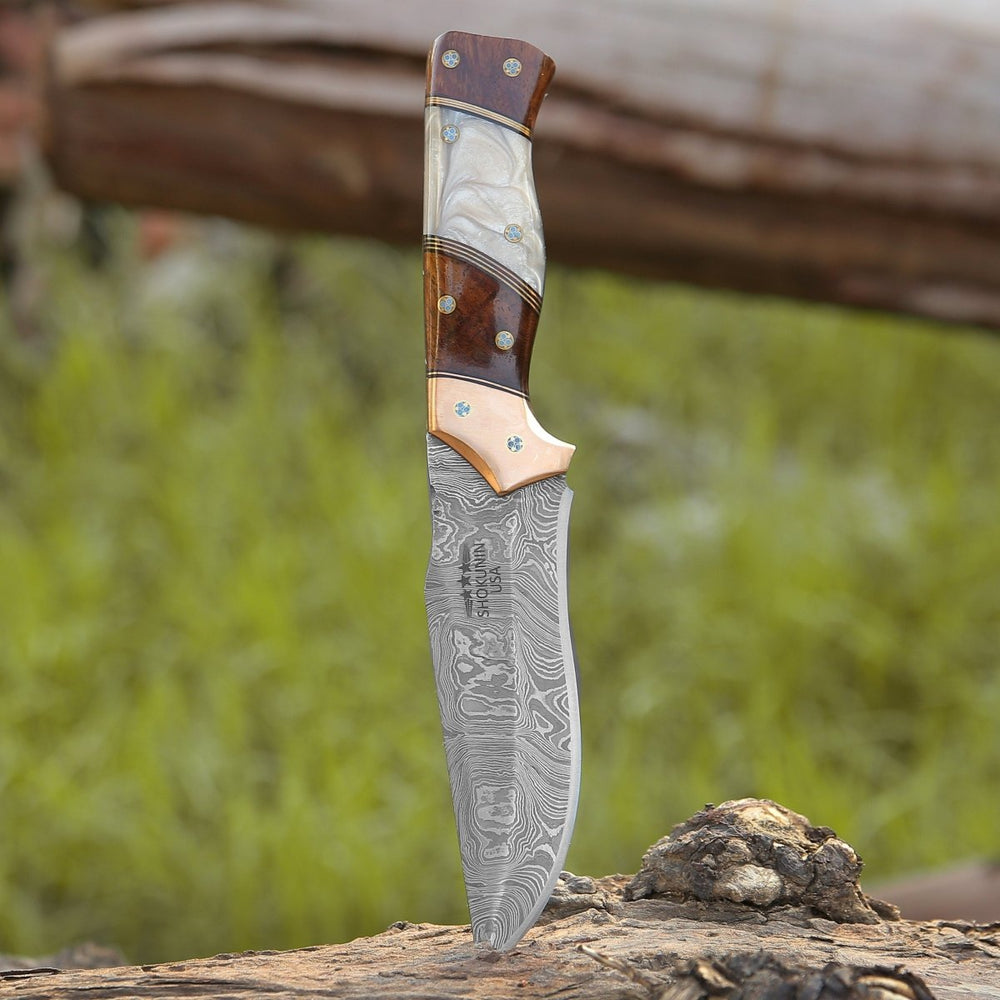


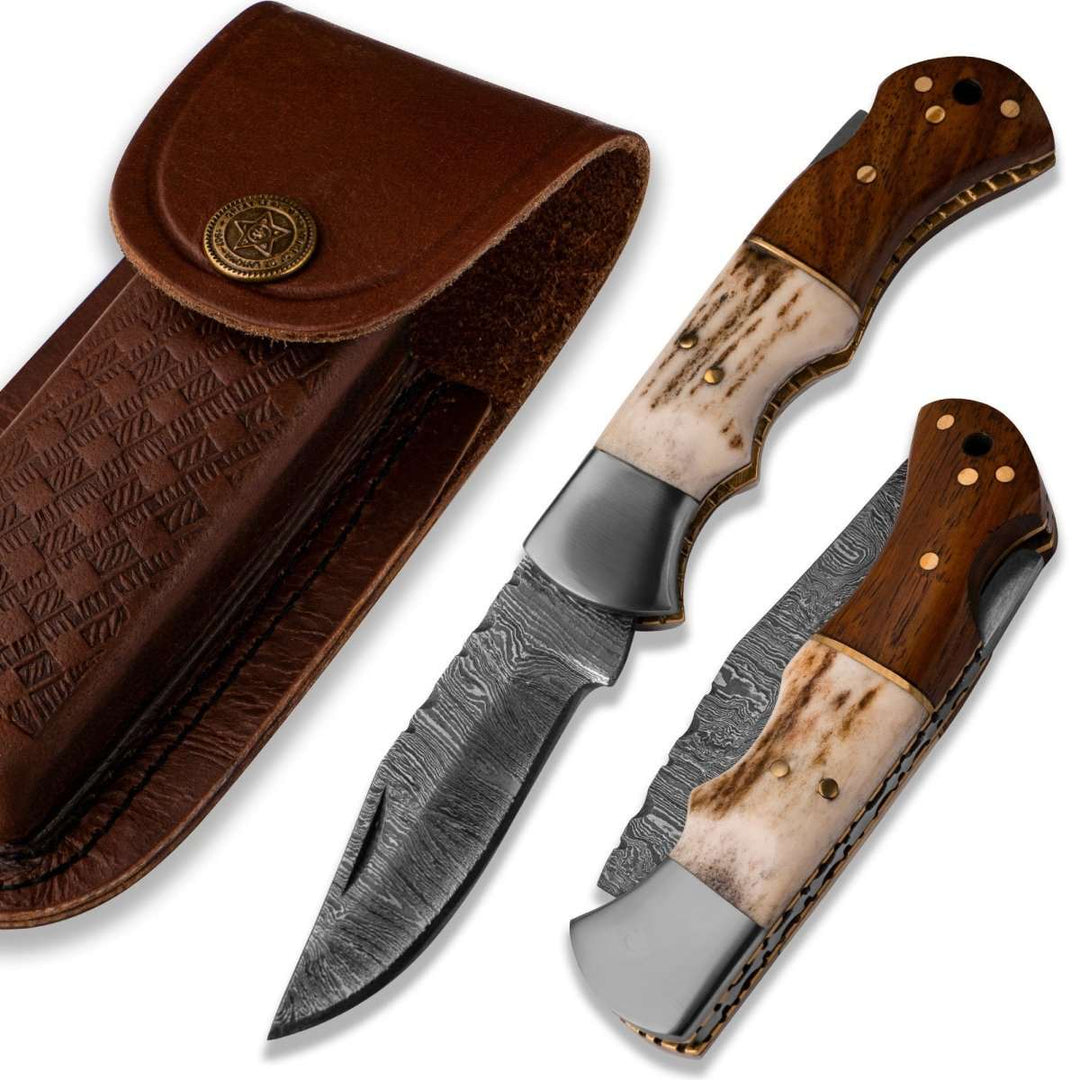
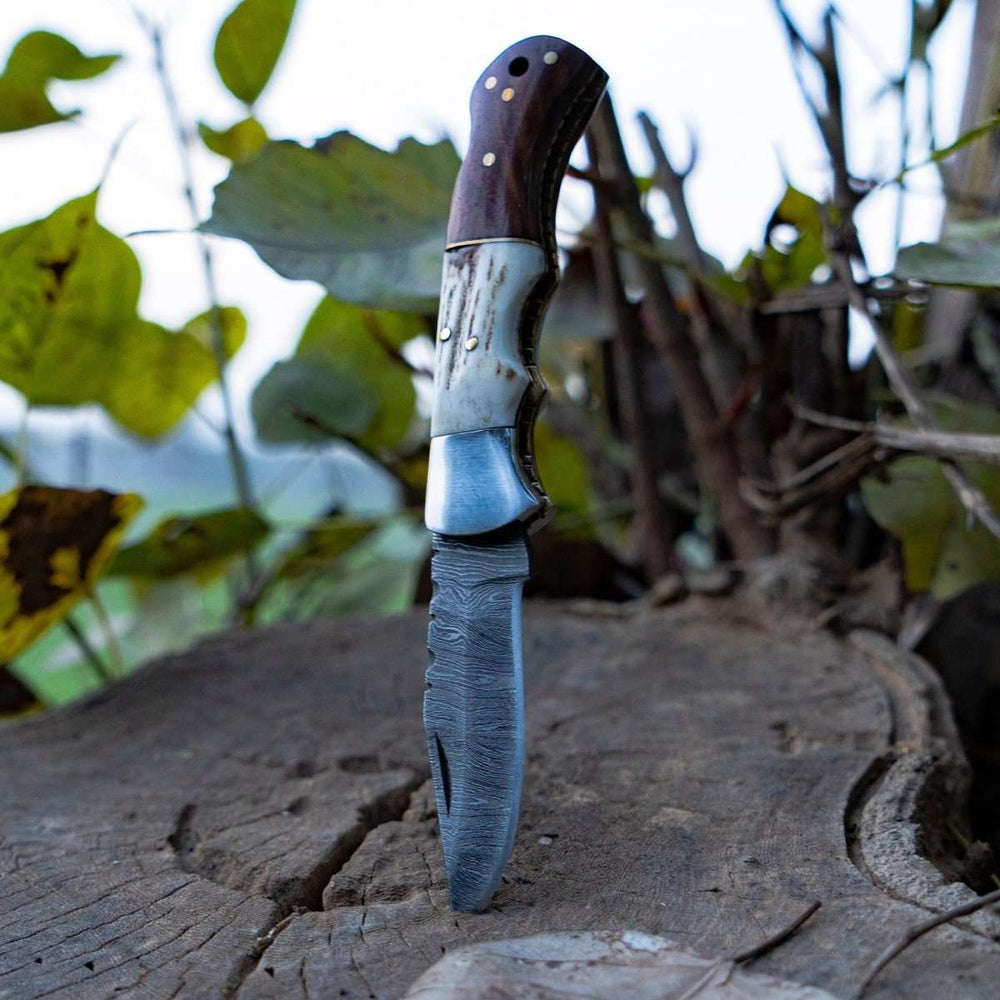




Dejar un comentario